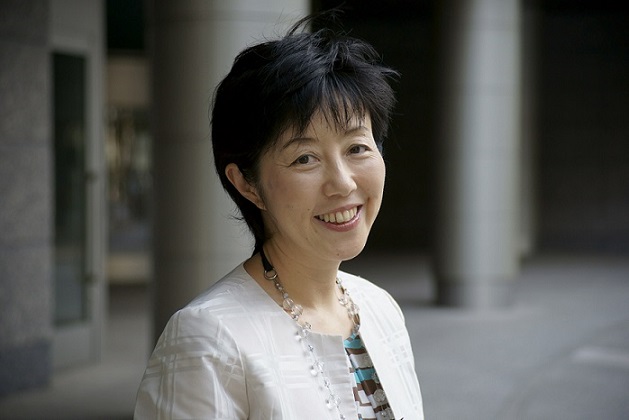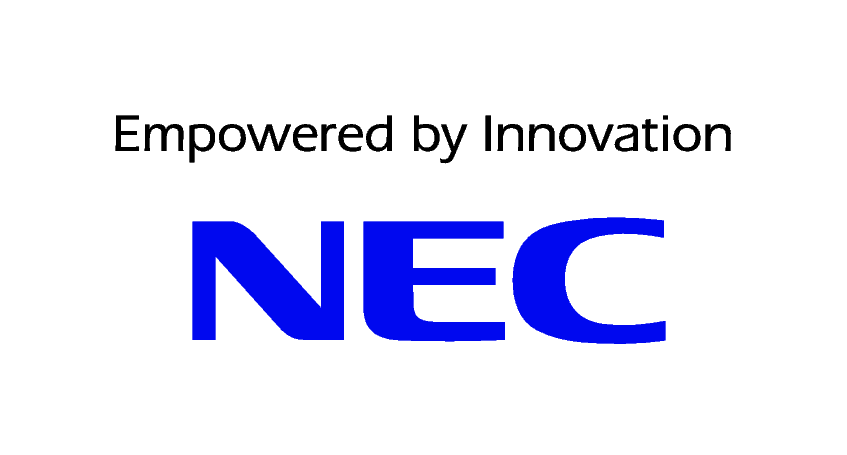基調講演
Opening & Keynote I : Tuesday, January 20, 8:30-9:50
The required technologies for Automotive towards 2020

Dr. Udo Wolz
Executive Vice President and Director for Engineering and Innovation, Bosch Corporation
This keynote speech deals with the future of the automotive industry and the requirements out of new applications and technologies. The mobility of the future will be electric, automated and connected. Until 2020 the internal combustion engine will still dominate the powertrain with approximately 90% share. This includes systems with mild electrification such as start/stop. For stronger electrified vehicles like hybrids, plug-in hybrids and full EV, battery technologies and battery management are key. Automated driving is already on the way with driver assistance functions and will end up with fully automated driving. Surround sensing of cars and connection between cars and cars to infrastructure will lead to extremely high needs of computing power. Information and Communication Technology is key here. For safety functions extremely short reaction times in milliseconds are necessary. Security mechanisms to ensure proper, unimpaired operation are a must. Seamless communication from home to car and to other parts of life is expected. This leads to smart phone connectivity with the car, car with the cloud, etc.. The car will be part of the Internet. The technologies to achieve this are currently already penetrating from consumer electronics and IT technologies to cars and vice versa. E.g. MEMS, highly reliable micromechanical sensors since long utilized for automotive applications, now entered the market for consumer electronics: Bosch sensors can be found in more than every second Smartphone worldwide. With increasing electrification, automation and connectivity, the requirements and the market demand for VLSI and embedded systems' computing power will increase continuously.
Keynote II : Wednesday, January 21, 9:00-9:50
Programmable Network

Dr. Atsushi Takahara
Director of NTT Network Innovation Laboratories
Network Virtualization such as SDN (Software Defined Network) or NFV (Network Functions Virtualization) is the important technology in the new generation network architecture. This provides flexible networking for various kinds of network usage demand. Network virtualization requires the definition of a user specific network called as "slice" and the method for programming a slice design of programmable forwarding nodes in network. The key aspect is to introduce the programmability in network. This can provide new value for users and application providers by working together with computation and peripheral technologies such as cloud computing, Internet of Things, mobile devices and so on. Also, the delivery time of a slice can be shorter than in existing network. "Programmable Network" has huge potential to change the games in creating network service. In this talk, the R&D activities of network virtualization and its programmability methods are introduced to explain how the flexibility is realized as hardware and software system. Then, we discuss how we utilize programmable network for creating network services. The several use cases such as 4K/8K contents distribution, resiliency of network system, and edge distributed computing are introduced to show the possibility of creating new value by Programmable Network. Finally, we discuss the possibility of applying EDA technologies for supporting the design flow of a user specific network in Programmable Network.
Keynote III : Thursday, January 22, 9:00-9:50
When and how will an AI be smart enough to design?

Dr. Noriko Arai
Professor of Information and Society Research Division, National Institute of Informatics
The current rise of AI has mainly two origins. The first one is, of course, the invention of machine learning. Statistics and optimization deliver their theories to the machine learning. The combination of the big data and the massively parallel computing enables the machines to "learn" from the data existing on the web, the network and the database, though there is only small hope that machine learning technologies help the machine to solve the design problem like design automation. Another rather inconspicuous origin is the sophistication of the traditional logical approach. The virtue of the logical approach is in its ability to express complex input-output relations, such as the mapping form natural language text to its meaning and the logical relation between a premise and its consequence, in a way that a human can understand. In this talk, I introduce AI grand challenge, "Todai Robot Project" (Can an AI get into the University of Tokyo?), initiated by National Institute of Informatics in 2011, and discuss the impact of near-term AI technologies on design automation.
















